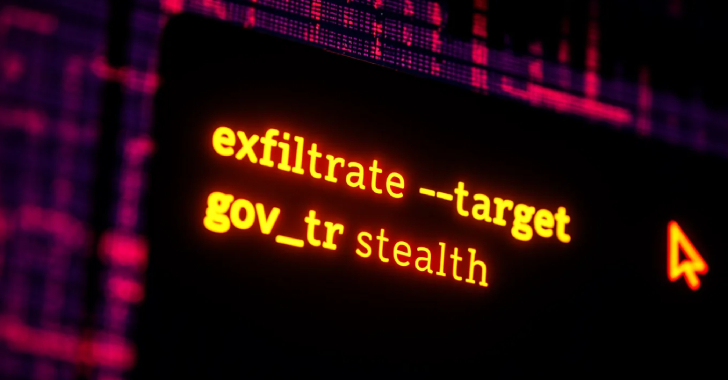
What's the Difference Between CMMC and NIST?
Introduction
When it comes to cybersecurity regulations and frameworks, the acronyms can get confusing. Two common ones you may have heard of are CMMC (Cybersecurity Maturity Model Certification) and NIST (National Institute of Standards and Technology). While both aim to enhance cybersecurity practices, they have different focuses and scopes. In this article, we will explore the differences between CMMC and NIST, shedding light on their unique roles and benefits in the cybersecurity landscape.
Understanding CMMC
Cybersecurity Maturity Model Certification (CMMC) is a framework developed by the Department of Defense (DoD) in collaboration with industry experts. Its primary goal is to safeguard the United States’ defense supply chain and ensure the protection of Controlled Unclassified Information (CUI) that defense contractors handle. CMMC strengthens the security posture of defense contractors by establishing a unified and mandatory certification process.
CMMC consists of five levels, each representing a different level of cybersecurity maturity. These levels are based on various cybersecurity practices and processes. The higher the level, the more stringent the security requirements. Defense contractors are assessed and certified according to their compliance with these levels.
The CMMC framework incorporates various best practices from other cybersecurity standards, including NIST Special Publication 800-171 and ISO 27001. However, CMMC expands upon these standards by adding an assessment and certification component, making it a unique framework in the defense supply chain.
Understanding NIST
The National Institute of Standards and Technology (NIST) is an agency within the United States Department of Commerce responsible for developing and promoting technology standards. NIST has been a leading authority in crafting cybersecurity best practices and guidelines for both government and industry.
One of the most prominent publications from NIST is Special Publication 800-53, also known as NIST SP 800-53. This document provides a comprehensive set of security controls and associated guidance for federal information systems. It covers a broad range of security areas, including access control, incident response, and system and communications protection.
Unlike CMMC, NIST is not a certification framework. It serves as a guidance document that organizations can use to develop their cybersecurity programs and align with industry best practices. NIST focuses on providing a flexible and customizable approach rather than mandating specific certification levels.
Differences in Scope and Applicability
One of the fundamental differences between CMMC and NIST is their scope and applicability. CMMC is primarily targeted at defense contractors in the defense supply chain who handle Controlled Unclassified Information (CUI). It is mandatory for these contractors to achieve and maintain a CMMC certification to continue doing business with the Department of Defense.
On the other hand, NIST guidelines are applicable to a broader range of organizations, including both government agencies and private sector entities. NIST provides a flexible framework that organizations can adopt voluntarily to enhance their cybersecurity posture. While some organizations may be required to adhere to NIST guidelines, such as federal agencies or government contractors, it is not mandatory for all organizations.
Certification vs. Self-Assessment
CMMC introduces a crucial element that distinguishes it from NIST – the certification process. Under CMMC, defense contractors must undergo an audit by an accredited third-party assessor to obtain the desired certification level. This assessment evaluates the contractor’s compliance with the specific security practices and processes associated with each level of the CMMC framework.
In contrast, NIST does not require organizations to undergo a formal certification process. It provides a set of security controls and guidelines that organizations can adopt and implement based on their individual needs. Organizations typically perform self-assessments against the NIST controls to evaluate their cybersecurity posture, enhance their security programs, and maintain regulatory compliance.
Levels of Maturity
CMMC and NIST also differ in terms of their approach to levels of maturity. CMMC’s five levels represent increasing degrees of cybersecurity maturity, with each level building upon the previous one. Contractors are assessed against these levels to determine their compliance and achieve certification.
NIST, however, does not follow a strict maturity model like CMMC. Instead, NIST provides a set of security controls that organizations can implement based on their risk assessment and system requirements. These controls are classified into families, and organizations can tailor their selection and implementation of controls based on their unique circumstances.
Integration of NIST with CMMC
While CMMC has specific requirements and practices, it also incorporates NIST Special Publication 800-171 as a foundation. Defense contractors aiming for CMMC compliance will need to assess their adherence to the NIST 800-171 controls, which cover the protection of Controlled Unclassified Information (CUI). This integration ensures that organizations already compliant with NIST 800-171 are well-positioned to pursue CMMC certification.
However, it is important to note that CMMC includes additional practices and processes beyond NIST 800-171. Defense contractors will need to evaluate and address any gaps between their existing NIST 800-171 compliance and the specific requirements of CMMC, especially at higher certification levels.
Conclusion
CMMC and NIST serve valuable roles in the cybersecurity landscape, each with its unique focus and applicability. CMMC is a mandatory certification framework primarily targeted at defense contractors in the defense supply chain, providing a standardized approach to enhance cybersecurity maturity. On the other hand, NIST offers comprehensive guidance for organizations to improve their cybersecurity posture, allowing flexibility in implementing security controls.
Understanding the differences between CMMC and NIST is crucial for organizations, especially defense contractors, as they navigate the complex world of cybersecurity regulations. By embracing the appropriate framework and aligning with industry best practices, organizations can strengthen their cybersecurity defenses and protect critical information from evolving threats.
Contact Cyber Defense Advisors to learn more about our CMMC Compliance solutions.





